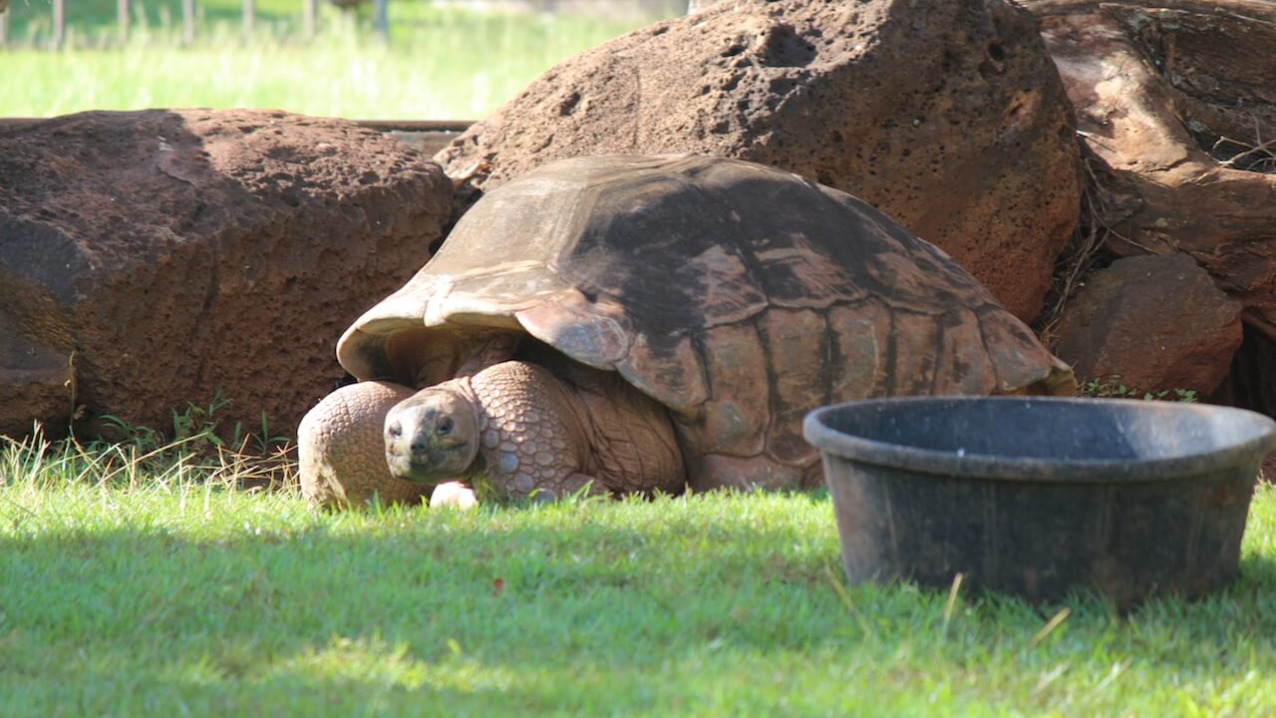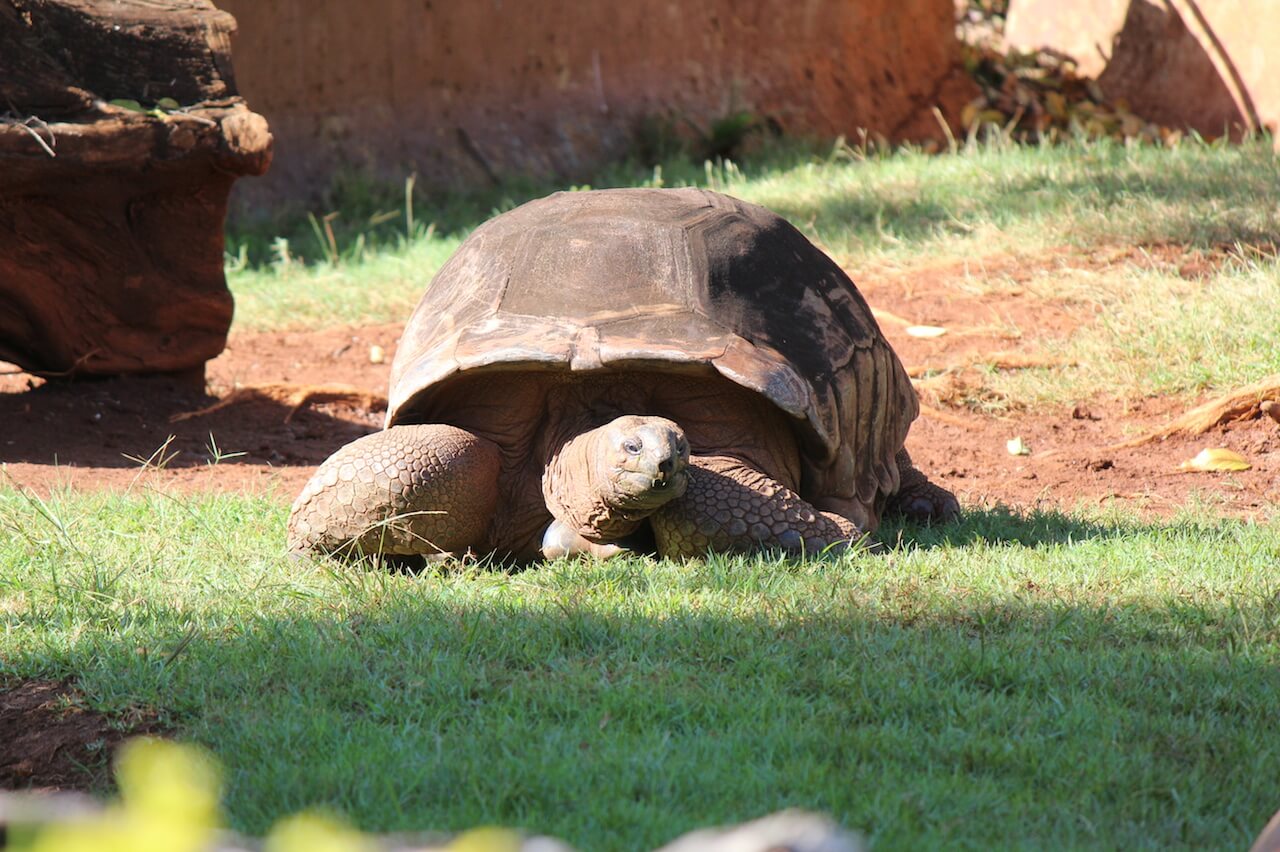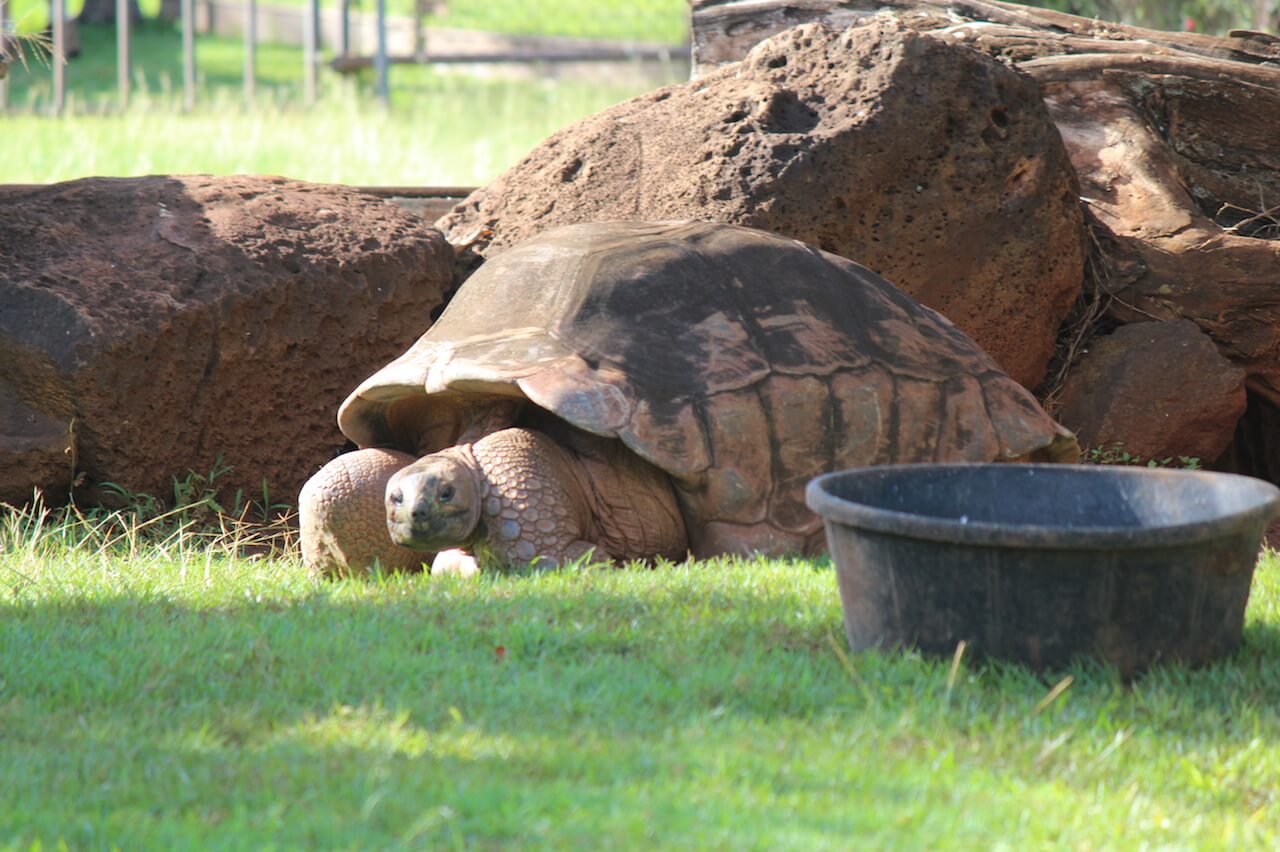aldabrachelys gigantea
Aldabra Tortoise
About Me
Scientific Name: Aldabrachelys gigantea
Description
The Aldabra giant tortoise, from the islands of the Aldabra Atoll in the Seychelles, is one of the largest tortoises in the world. Historically, giant tortoises were on many of the western Indian Ocean islands, as well as Madagascar, and the fossil record indicates giant tortoises once occurred on every continent and many islands with the exception of Australia and Antarctica.
Fun Facts
- One of the largest tortoises in the world.
- Little fresh water is available for drinking in the tortoises’ natural habitat, so they obtain most of their moisture from their food.
- Kingdom: Animalia
- Phylum: Chordata
- Class: Reptilia
- Order: Testudines
Pointed snout, flap-like ridge preventing flooding of olfactory area.
Males to 42 inches (105 cm) straight carapace length and over 550 pounds (250 kg). Females to 34 inches (87 cm) and 367 pounds (167 kg).
Aldabra Atoll in the Seychelles, introduced populations on Seychelles islands of Fregate, Cousin, Mahe, and Curieuse. Large herds frequent open grass swards with trees and shrubs. Individuals also live in scrubland and mangrove swamps. Area contains “tortoise turf”–a complex of 21 grass, sedge, and herb species, more than half of which are genetically dwarfed.
February to May.
June to September. 4 to 14 eggs are laid, possibly in multiple clutches.
Primarily herbivorous, but also eat crab, carrion, and carcasses of dead tortoises. Mainly graze, but also browse to about 1 meter. During the rainy season (May to October), dead leaves and grasses make up the bulk of their diet. A high fiber diet in captivity is essential to produce firm stools.
Other Reptiles
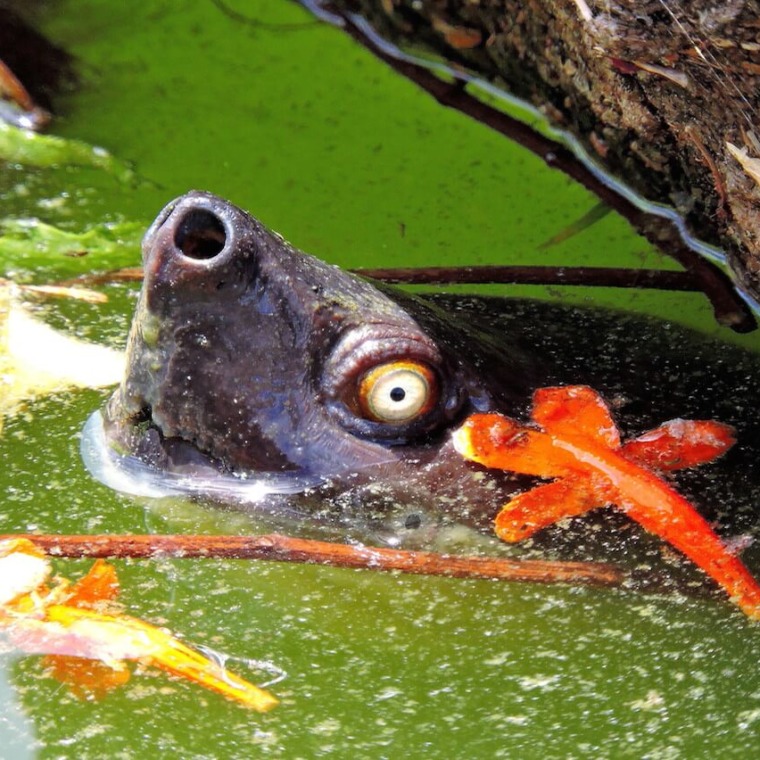
The last populations of Tutong are found in India, Indonesia, Bangaladesh, and Malaysia. It is extinct in its former range of Thailand, Myanmar, Vietnam, and Singapore.
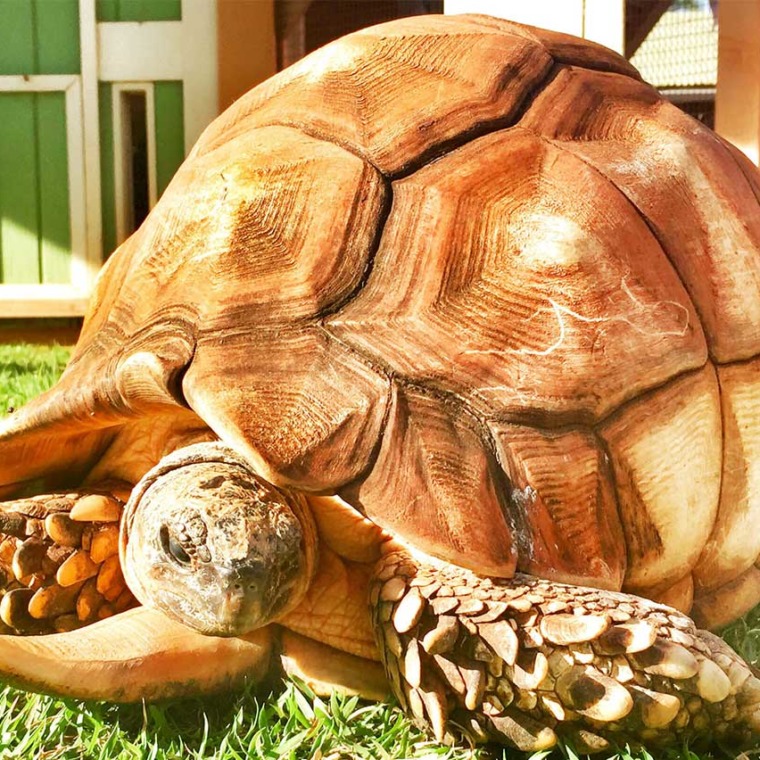
Inactive during cool, dry season (May to October). Does not dig burrows. Seeks protection in thickets and seeks shelter in surface litter. Forages during morning and late afternoon.
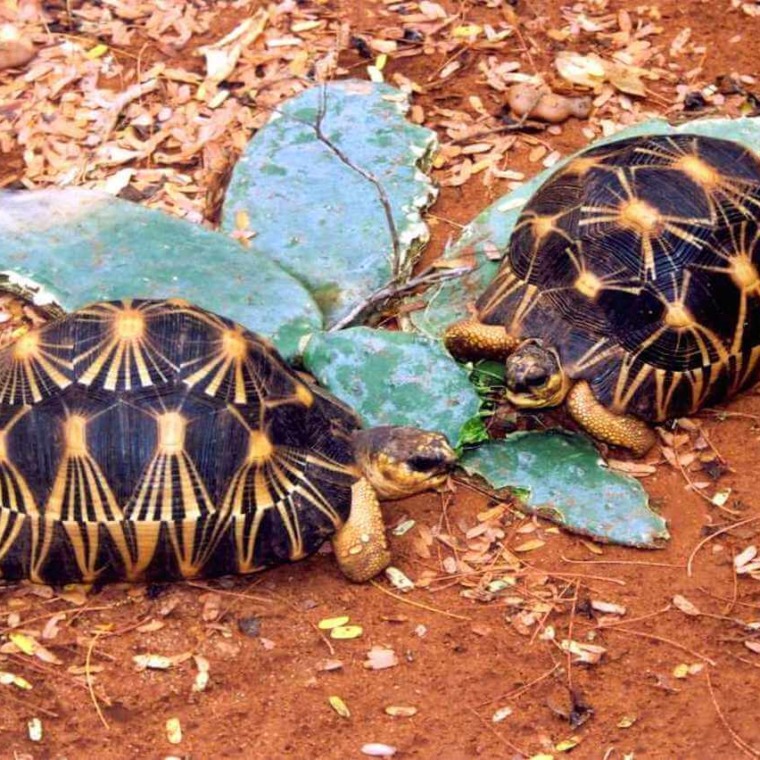
In the wild, this reptile is relegated to the extreme south and south-western portions of Madagascar. In recent times, they have also been introduced to the nearby island of Reunion.
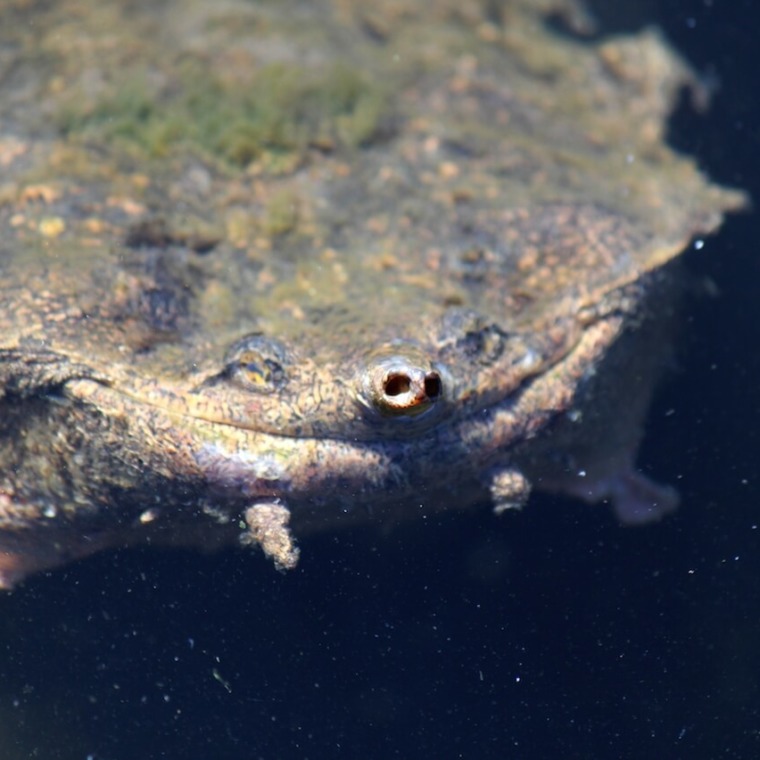
This species inhabits stagnant pools in Brazil and the Guianas and also in parts of the Amazon River and in Trinidad.
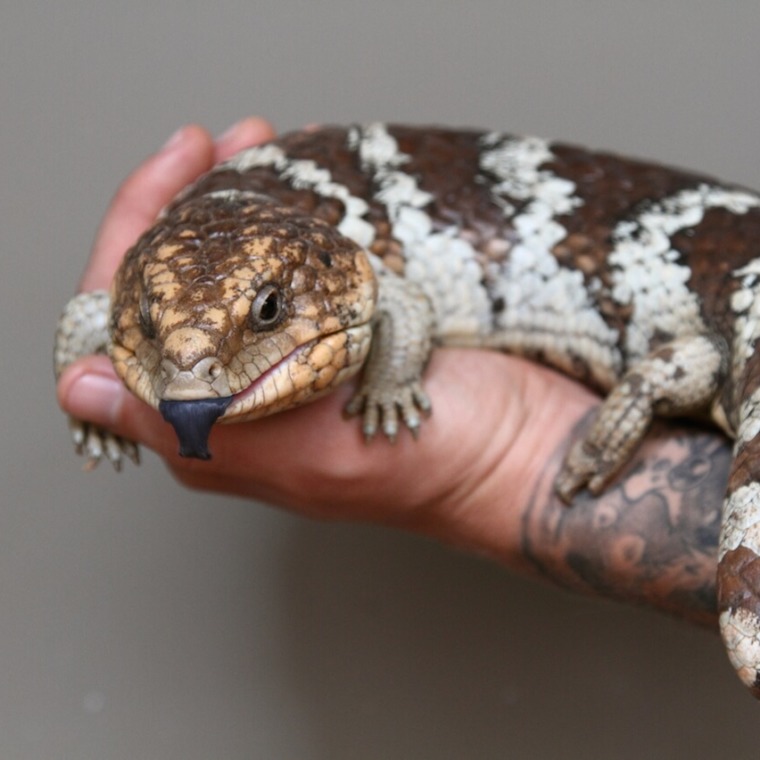
The Shingleback skink is found in southern and western Australia, in desert grassland areas or sandy dunes. Skinks are shy and secretive and seldom stray far from their shelter.


